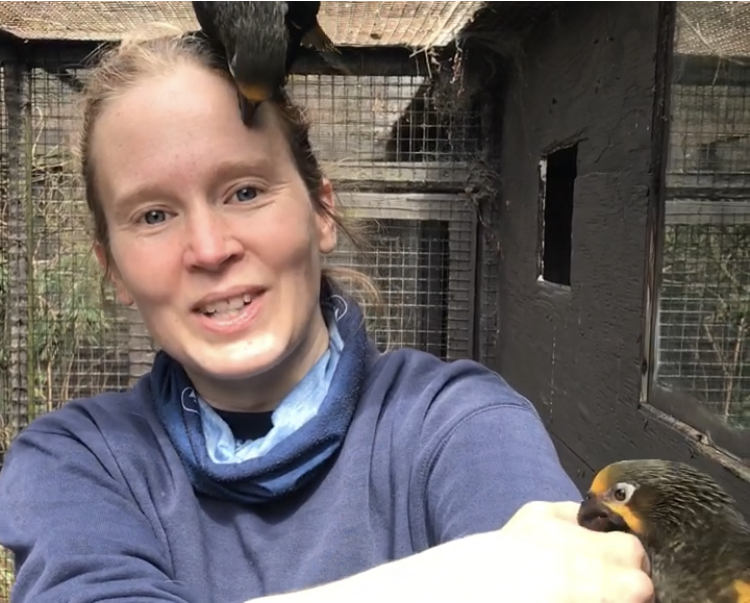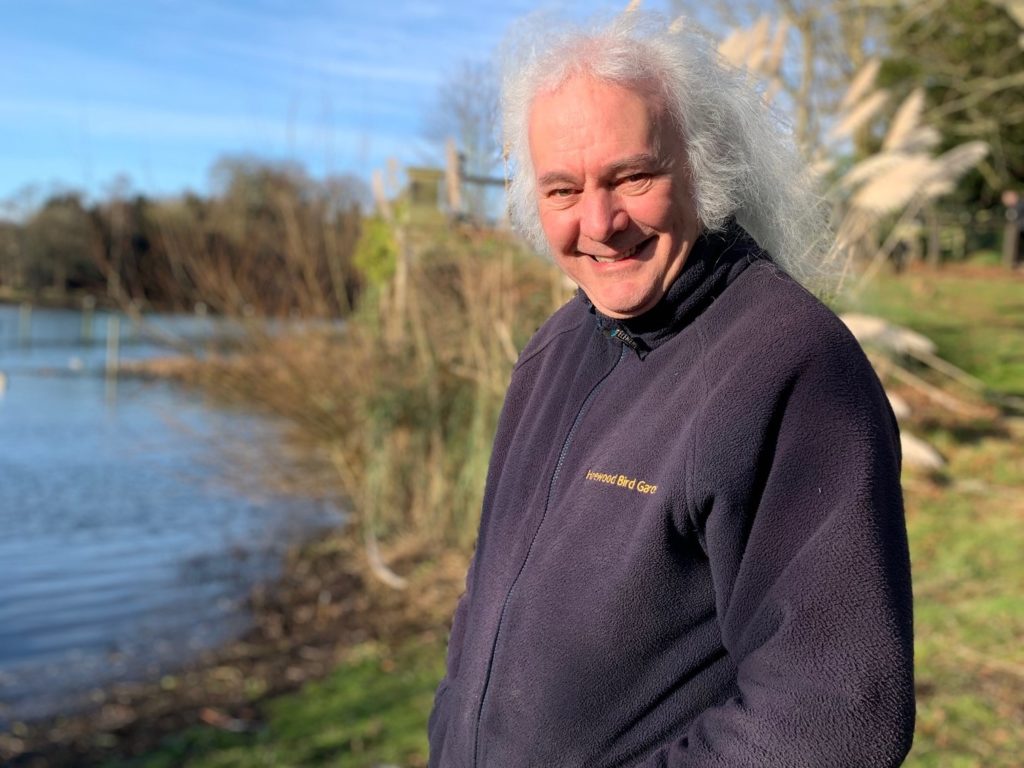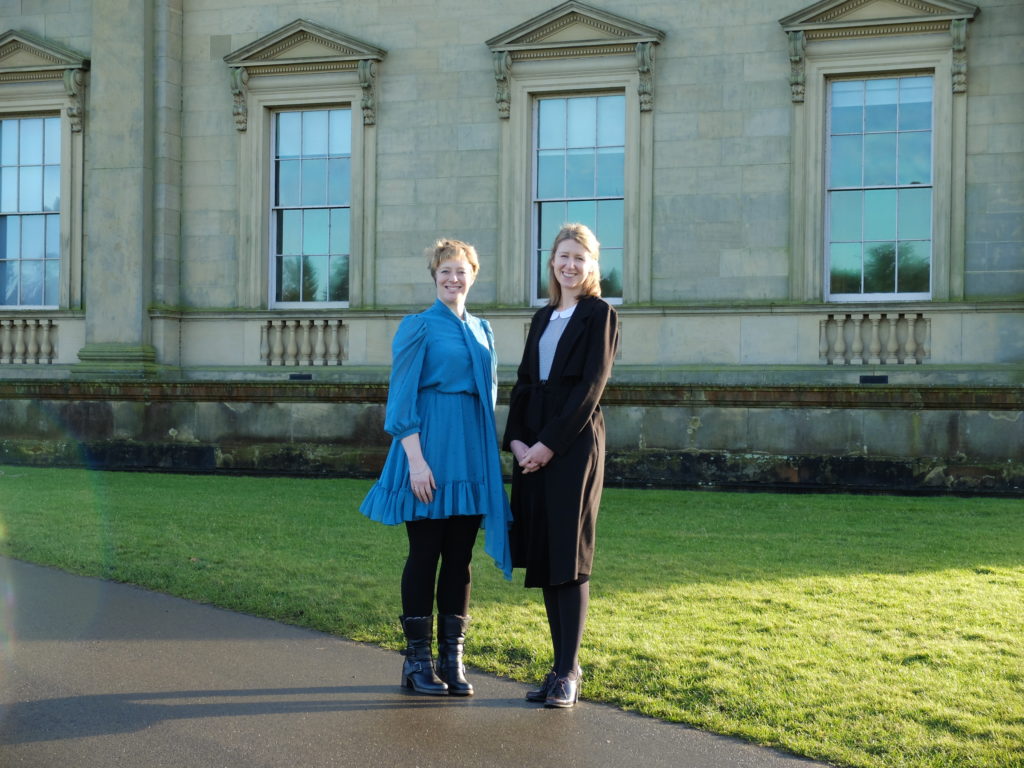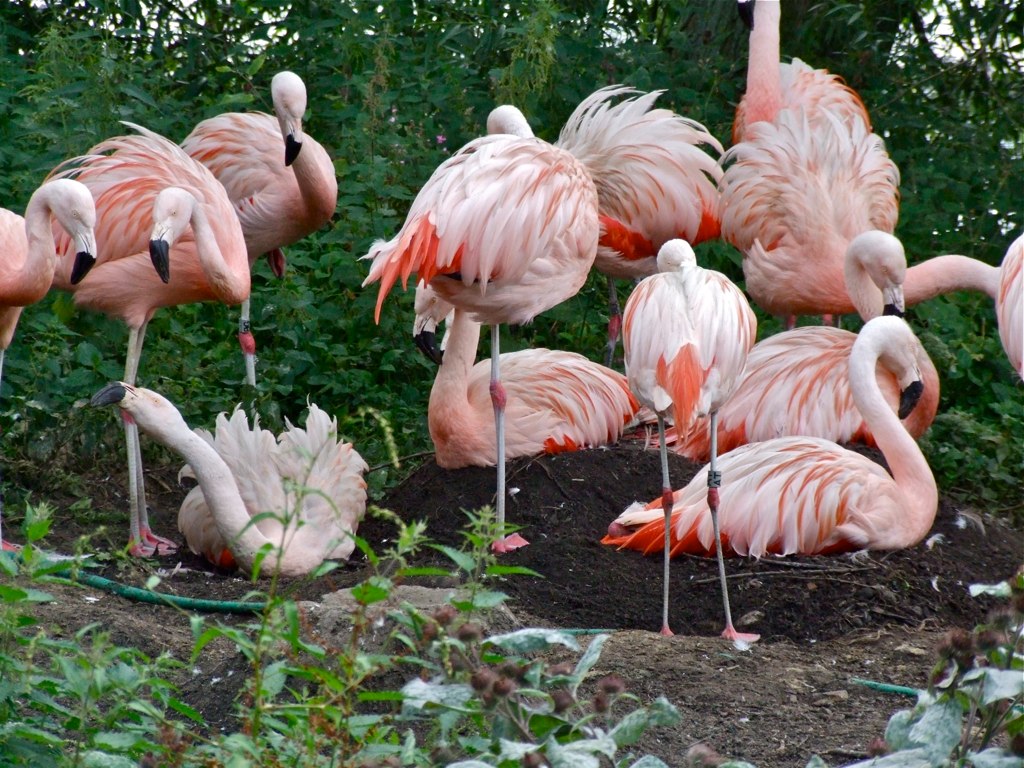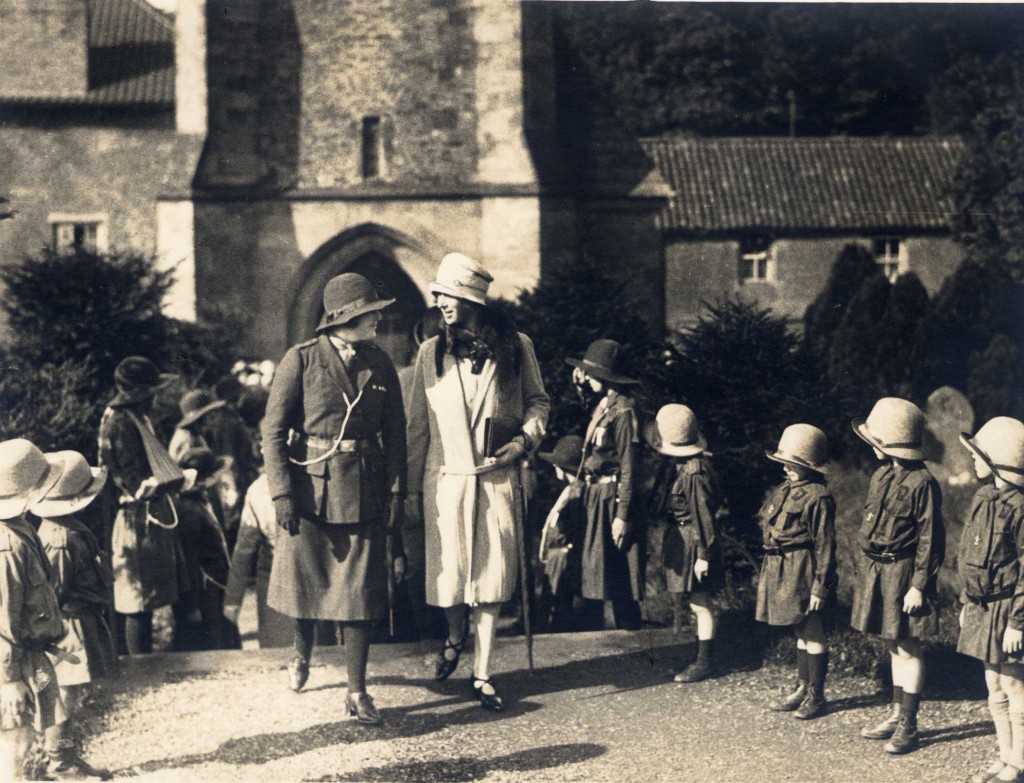 Harewood’s women, past and present, have played an important role in shaping the Harewood enjoyed by many today, either through the telling of stories, or the impact they have had the House and its surroundings.
Harewood’s women, past and present, have played an important role in shaping the Harewood enjoyed by many today, either through the telling of stories, or the impact they have had the House and its surroundings.
International Women’s Day is an opportunity to reflect on the many Harewood women, here we re-imagined a conversation with Princess Mary based on information we know about her from the archive.
Q – What are you most known for?
A – I am known for my position as a Princess of the United Kingdom – my parents were King George V and Queen Mary. My great-grandmother was Queen Victoria.
Q – What’s the most extraordinary thing you have done? (at work or in personal life)
A – I am most proud of the ‘Sailors and Soldiers Christmas Fund’ appeal of 1914, that was created shortly after the outbreak of WWI. I made a public appeal to raise money in order to send a Christmas gift to every man and woman serving in a King’s uniform. After having visited various hospitals for injured soldiers, I felt it was important for the nation to send a token of love and sympathy to those fighting our battles overseas, at a time when their thoughts would turn to home.
The fund was a huge success, raising over £31,000 during its first week, and rising up to £160,000 by the time the fund was shut down. We distributed over 2.5 million Christmas gift boxes, which comprised of a small brass box that contained a Christmas card and either a pipe and tobacco, cigarettes, chocolate, sweets or spices.
Q – Which females, past or present, inspire you?
A – I am inspired by the work of my colleagues Agnes and Olave Baden-Powell, who together developed the Girl Guide Movement. It was created in response to the growing enthusiasm and pressure from young girls who wanted to take part in Scouting, originally designed for boys. As a young girl, I remember hearing about a Boy Scout Rally when hundreds of girls turned up in uniform ready to take part – it wasn’t long before the Girl Guides was created.
I have always admired the values and spirit of the Girl Guides Association, and became Norfolk’s County Commissioner in 1917. Later, I was made the organisation’s President. In 1937, the 1st Buckingham Palace Guide Company was formed when I enrolled my nieces, Princess Elizabeth and Princess Margaret, as a Guide and a Brownie.
Q – How do you challenge stereotypes?
A – As a Princess, people may be surprised to know that I am also a trained nurse. After visiting France during WWI and seeing the remarkable work of the VADs in field hospitals, I asked my parents’ permission to attend training at Great Ormond Street Hospital in London, where I learned about every aspect of nursing care as well as how to assist during surgery.
I later became Patron of Great Ormond Street Hospital, as well as Commandant-in-Chief of the British Red Cross Detachments, and in 1923 I lent my name to the nursing branch of the Royal Air Force, which became known as ‘Princess Mary’s Royal Air Force Nursing Service’.
You can discover many more of Princess Mary’s stories in a new exhibition Becoming the Yorkshire Princess from 21 March.
